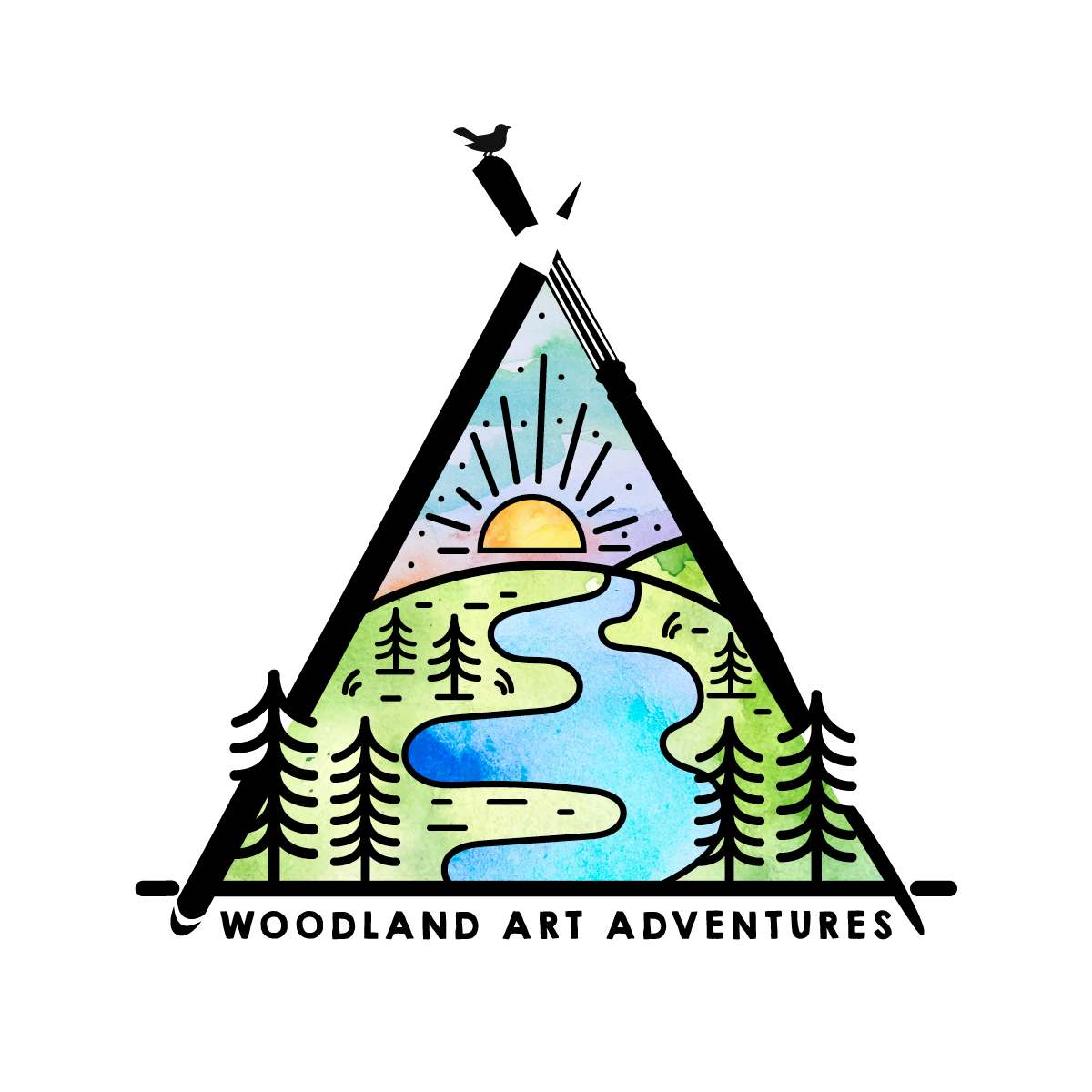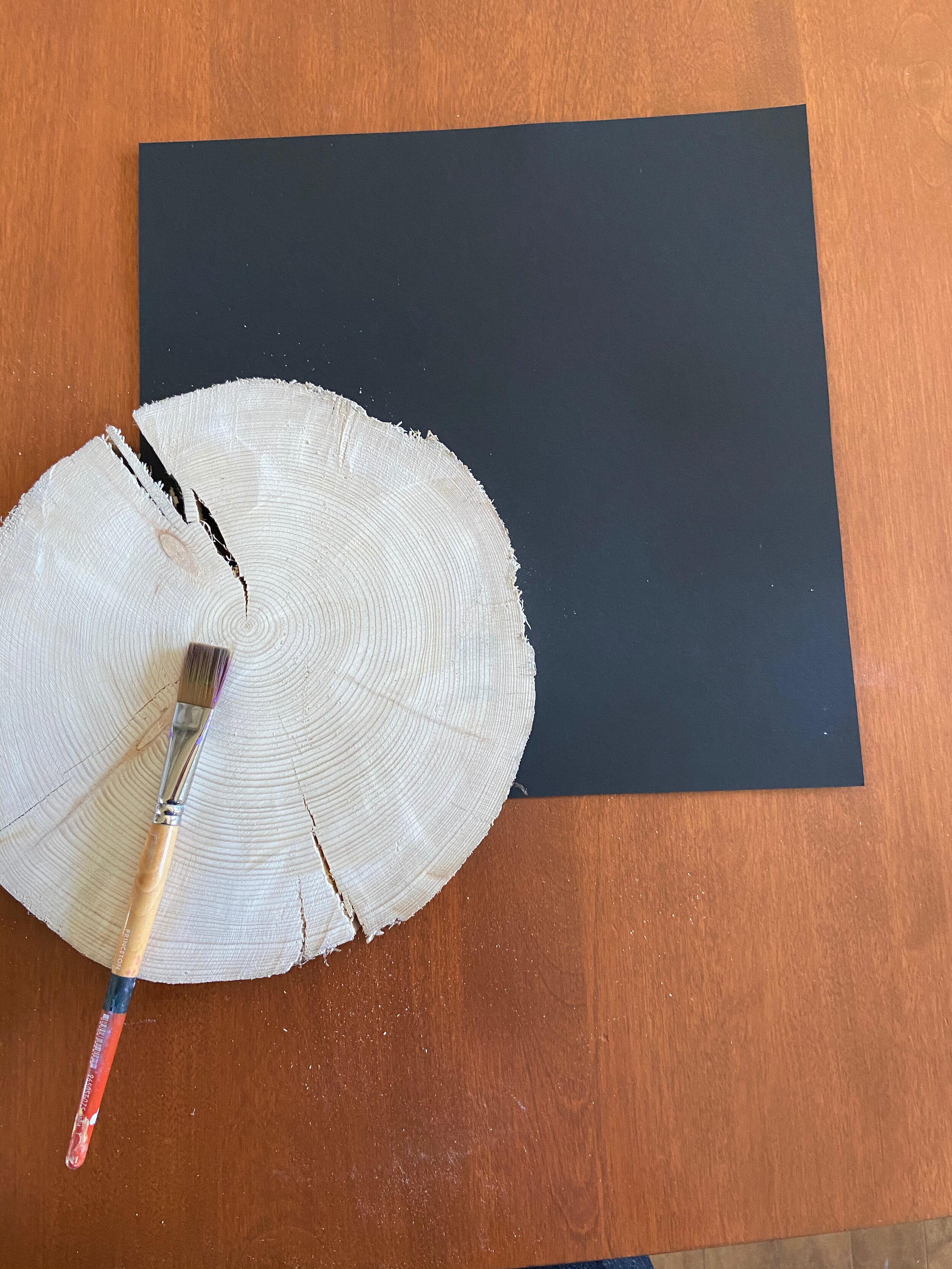The Lost Words for Mothers
Back in 2007, the Oxford Junior Dictionary caused controversy when its latest edition eliminated 40 common words for nature. The publisher claimed the words were not commonly used enough by children to need including.
The list of ‘lost words’ included: acorn, adder, bluebell, dandelion, fern, heron, kingfisher, newt, otter, and willow. New words replacing them included: attachment, blog, broadband, bullet-point, cut-and-paste, and voice-mail. Canadian Margaret Atwood was one of many writers that challenged this symbol of children being separated from nature.
Robert MacFarlane and illustrator Jackie Morris created a beautiful illustrated book that lists the ‘lost words’. MacFarlane and Morris followed up The Lost Words with The Lost Spells, twenty of the lost words and the beings they name, with lyric poems to ‘summon back these words again into the voices, stories, and dreams of children and adults alike, and to celebrate the wonder and importance of everyday nature.” I didn’t know that enchant has two meanings – to make magic and to sing out.
Here is an excerpt from Moth:
“-this one soft word falls so far
Short of what the moth-world means;
Of moths in number birthed by dark to
Flock round torch and lamp and porch,
Together thickening air to froth, then
Cloth, then weather.
Open up this soft word’s wings and out
Rush names and forms, a broth of
Colours: Cinnabar and Scarlet Tiger,
Frosted Green and Angle Shade…
Thinner and thinner wears the cloth,
However; moths pass out of sight
Beyond belief, their absence briefly
Noted, if at all, as distant memory,
Half-forgotten grief.”
By Robert MacFarlane and Jackie Morris, the lost spells. Anansi Press. 2018
I was working on a Jane Jacob’s walk for my neighbourhood this spring and walking the Grasslands trying to identify plants from last year, with only broken leaves and stems and sometimes seed heads to go by. I felt disappointed that so many plants I knew in flower were a mystery without their bloom. Though I was happy my children could recognize rose hips, and aspen, willow - I’d learned that there are hundreds of plants growing in this Grassland ecosystem. How can we teach our children the names for native plants as they become rarer and how can we solidify support for their protection if we can’t even recognize them?
Working in this place where children + art + nature intersect has been fun and challenging and I’m always learning. When I think about The Lost Words I wonder how many words modern mothers, modern parents are missing. This isn’t just the words for kinship that other cultures name and honour but the words for belonging, for family, for firsts and we are limited to sweet, bittersweet. There may be more words for describing chocolate than for example, the complete moulding of your infant to you when they collapse in sleep, the investigative-gratefulness when your little one makes you lie on your stomach to watch a caterpillar for an hour, or the heart-swelling pride we feel for our children’s accomplishments.
Is this a search for the sublime and the words that can describe it? I’m sure that every parent has experienced these moments when our words fail us. In Brigid Schulte’s book Overwhelmed: Work, Love, and Play When No One Has the Time, she talks about chronos time - the time we measure by clock, and Kairos time – heart time, the spaces when time is meaningless and we are fully present in the moment. What would your words for sublime Kairos-time be? Should we be inventing new words for connection and love? We already have the words for nature we just need to keep those words alive.
To create a wood print you’ll need a tree cookie, some acrylic paint, I found silver stood out best, a black square of paper and cute photo of your little one.
Paint your wood cookie with the acrylic paint and do a test on scrap paper. If you realized you need more paint add it and then make a print onto your black square.
Let the print dry, it won’t take long and then we used a silver pen to write around the outline. I chose the words the mustard seed, I wanted to capture that (a mother’s) love starts out so small and grows and grows.
Then I cut a 5”x5” square of white paper and attached my photo to it. Finally I attached the photo to the centre of the wood print and put it in a frame.
You could adjust this for your family in many ways. If you had a multi-photo frame you could make the wood print off-centre and have each child individually. You could include a family photo with grandparents. This is an easy lay-flat (easy to store or mail) mother’s day activity that your children could take charge of - I’d love to see what you create.
If you’re still looking for a personal mother’s day gift I would be happy to set up this activity for you out of doors. Email me at carmen@woodlandartadventures.ca







